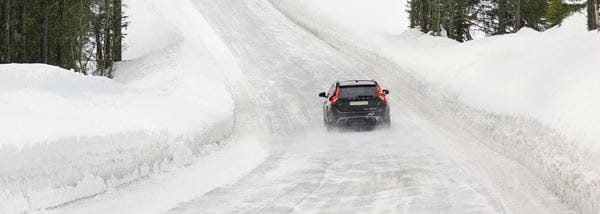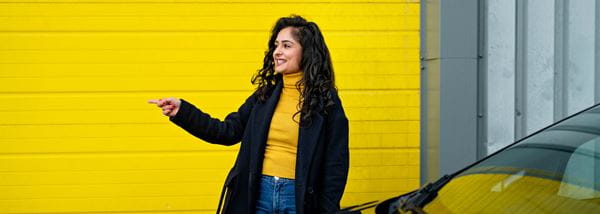
Seat belt: 6 Things You should never do
Your vehicle's seat belts must be in the proper place, and be worn correctly by the driver and passengers. This says the traffic law.
However, to ensure safety, they must be in good condition. This largely depends on some things you should never do with your seat belt.
The belts are simple but efficient devices to ensure the safety of the driver and passengers. Its use, both in the front seats and in the rear seats, helps save lives, reducing the impact that a traffic accident could have.
What are those things we should never do with a seat belt? Let's see:
6 things you should never do with a seat belt
1. Use them when they are damaged
When seat belts are damaged, our first concern is usually, how to travel with them broken, without being violated by it.
The initial plan is to cross it over the torso, simulating that it works perfectly, to avoid the fine, "only for one day" while we visit the mechanic and repair them.
But when we notice that it is very easy to evade the sanction in this way, we begin to postpone the visit to the mechanic and we end up getting used to traveling in these conditions.
Serious mistake.
At the least expected moment, we will need the protection that belts give us, and if they are broken, the consequences can be fatal.
2. Repair them at home
Seat belts are very useful devices, but at simple ends. They do not involve sophisticated electronic components, nor extremely complex mechanisms.
But attention: it is not a good idea to repair them at home.
Repairing seat belts requires experience and knowledge to achieve the correct fit that offers proper safety. This work should only be carried out by a specialized technician.
3. Do not use the rear seat belt
Half of Europeans do not wear a seat belt in the rear seats, according to a survey by the European Statistical System.
The main reason given by vehicle occupants is based on the false sense of protection when traveling in the rear seats of a vehicle. But the truth is, these places can be as or more dangerous than the front seats.
In the event of a collision, the rear seat occupants may be seriously injured or even injured or killed by the front seat occupants. This is because, the energy accumulated by the inertia of the body, can launch it forward with a force 50 times greater than its mass, which is equivalent to the onslaught of an elephant.
4. Use an infant car seat that does not fit the belt
The child seat use in the rear seats of the car is mandatory by law, for the movement of children up to 36 kg.
For parents, choosing the right car seat becomes a playful activity that is usually marked more by the heart and aesthetics.
The truth is that the safety seat is useless if it is not accompanied by the use of the safety belt. The problem arises when the seat does not allow a secure fit of the belt.
In these cases, parents often prefer the most beautiful seat, in which their children look much prettier than they are, rather than the safety of a device that fits perfectly with the safety belt.
5. Failing to check belt effectiveness
When we get in the car, we instinctively tighten the seatbelt, but don't worry about checking its effectiveness.
It is necessary to do a tension test, applying the brake, to make sure that it is doing its job. The belt must not be loose. Rather, you should put slight pressure on the body.
6. Fasten the belt with knots or folds
This is a very common practice, especially for passengers. Due to their eagerness or lack of knowledge of the vehicle they are boarding, they place their belts in the first possible position.
The belt should be placed as close to the body as possible, with the tape completely flat, without folds or knots. The lower part must go over the protruding bones in the hip. Once adjusted, it is necessary to check its efficiency with a strong pull forward.
Belts are the most important safety devices that we find in a car. So it is essential that you know the things you should never do with a seat belt.



